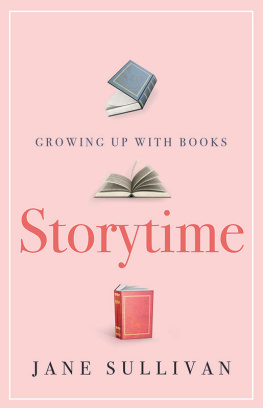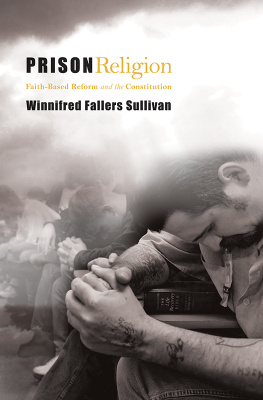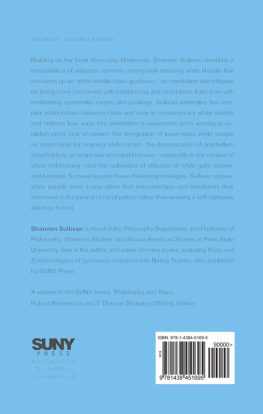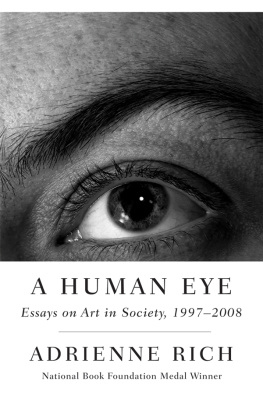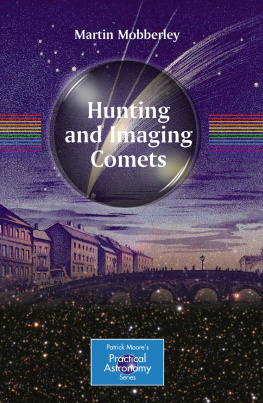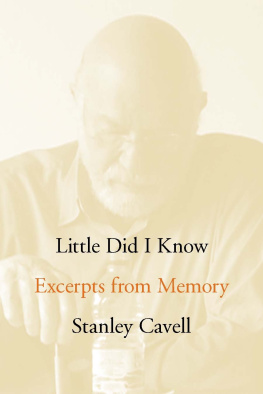J.M. SULLIVAN
NEWFOUNDLAND,
A HISTORY IN PORTRAITS
PORTFOLIO
J.M. SULLIVAN
NEWFOUNDLAND,
A HISTORY IN PORTRAITS
PORTFOLIO

 | JESPERSON PUBLISHING
100 Water Street P.O. Box 2188
St. Johns NL Canada A1C 6E6
www.jespersonpublishing.ca |
Library and Archives Canada Cataloguing in Publication
Sullivan, Joan, 1963
Newfoundland portfolio : a history in portraits / Joan Sullivan;
Annamarie Beckel, editor.
ISBN 1-894377-22-2
1. Newfoundland and Labrador Biography.
I. Beckel, Annamarie, 1951- II. Title.
FC2155.S84 2006 971.80099 C2006-903126-6
Copyright Joan Sullivan 2006
Front cover photographs: (Top left to right) Oakley Family Photo,
Mercer Family Photo, Perlin Family Photo (Bottom) Watson Family Photo
Back cover photograph: (Top) Justin Hall; Michael Wade center
 | We acknowledge the financial support of The Canada Council
for the Arts for our publishing activities. |
We acknowledge the support of the Department of Tourism, Culture and
Recreation for our publishing activities.
A LL R IGHTS R ESERVED . No part of this publication may be reproduced, stored
in a retrieval system or transmitted, in any form or by any means, without the
prior written consent of the publisher or a licence from The Canadian
Copyright Licensing Agency (Access Copyright). For an Access Copyright
licence, visit www.accesscopyright.ca or call toll free to 1-800-893-5777.
Printed in Canada
FOR
Christopher Michael Sullivan,
December 3, 1964 - March 10, 2003
James Michael Hennessey,
November 4, 1940 - October 19, 2001
and all those we miss, our beloved.
FOREWORD
In the 42 elegantly written brief lives collected in this book, Joan Sullivan illuminates the history of 20th-century Newfoundland and Labrador. Her approach is eclectic and her dramatis personae emblematic of the diversity of the province. Represented here are individuals whose talents and accomplishments cover a wide range of human interests and experience women and men, outporters and townies, the prominent and the obscure, the conventional and the eccentric. All receive a sympathetic and intelligent narrative, based on careful research and thoughtful assessment. Readers who have enjoyed and been informed by the authors obituaries as they appeared individually in the press over the last few years will savour this opportunity to read them collectively and appreciate their many interconnections. Joan Sullivan has mastered a demanding literary form and her work calls a complex past back to life, one Newfoundlander and Labradorian at a time. She has a sharp eye for graphic and revealing detail and knows how to tell a good story using shards of information. Her approach will appeal to both historical specialist and general reader alike. Here is a book that is at once companionable and informative.
In a 2005 talk to the Biographers Club of London, England, David Twiston Davies, the chief obituary writer of the Daily Telegraph (who revels in his Newfoundland roots), observed that his papers celebrated obituaries column aimed for shrewd, authoritative, anecdotal personal sketches. By this standard Joan Sullivan has succeeded admirably. She is an accomplished practitioner of a demanding and increasingly popular genre, and this most welcome volume of her work enriches Newfoundland and Labrador letters.
Peter Neary, University of Western Ontario, 2006
INTRODUCTION
THE YOUNG RAF pilot had been shot down over Germany.
Unsure of his whereabouts, he spent several days roaming the
countryside, increasingly hungry, and still in uniform. After being
captured, he spent two years in Stalag 3, the POW camp featured
in The Great Escape...he was in line to travel through the
tunnel, but the escape was discovered before his turn came...
from Denys Ferry, Lives Lived, The Globe and Mail, Apr. 14, 1997
In the mid-90s, I co-authored two plays set in WW2, Commission-era St. Johns. Murder at the Royal Caf and The Gingerbread Men were part murder mystery, part espionage tale set against the backdrop of an actual unsolved murder of a Chinese restaurant owner and the real spy vs. spy games of U-Boat attacks and rumours of Nazi gold, not to mention the growing political jangling of approaching Confederation. Denys Ferry, actor, was in both casts, as Lewis Furlong, KC, a pompous prosecutor. One evening, after a show, in the dressing room at the Resource Centre for the Arts, he told the story of being shot down over Germany, walking through the fog, finding himself in a little town, moving quickly, fearful, expecting at any moment that someone would see his uniform, because exposure and capture would surely follow. Gripping enough, but he then went on to talk of The Great Escape, seeing it on television, his kids asking, Which one are you, Dad? Denys Ferry had been there. It was stunning. And yet he was so quiet about it, so self-deprecating.
Soon after this, and terribly suddenly, Denys Ferry died. I knew of a Globe and Mail feature called Lives Lived, and decided to try a submission. It was published, and the editor, Karen Aschenberg, wanted more: more stories of people who had witnessed, done, experienced amazing, decisive events, and rarely sought attention or credit for it, stories of Newfoundlanders and Labradorians who had been on the cusp of achievements, disasters, celebrated events, quiet triumphs. How many other stories like Denys Ferrys were out there?
How many? More than 100 to date. Choosing 42 for this collection was a painstaking process, with the final choices based as much on variety, uniqueness, and historical serendipity as on prominence in Newfoundland history.
Person by person, they have engaging life stories.
But their composite effect is something else again.
Looking through them, I realize they compose a kind of accidental history of 20th century Newfoundland, a blend of prominent politicians, influential designers, dedicated educators, and johnnies-on-the-spot for such events as the 1932 riot or the horrendous 1942 Knights of Columbus fire. Some obituaries were of people who were born and died in the same small Newfoundland outport. Others came from China, the Netherlands or New York City to open a laundry or construct a massive offshore oil rig or found an enterprise or build a whole new community. When their lives are woven together they make a rich biographical Newfoundland tapestry.
Newfoundland is on the edge of Canada, often marginalized politically and economically. But it is a big island (seventh largest in the world), of geographic import and navigational significance. The arc of many pivotal events crossed over it. And it bred, and attracted, many remarkable people: writers, immigrants, soldiers, painters, sea captains, actors. An ill-fated young logger who got lost in a storm on the French Shore three decades ago on his way home from a Christmas party, a girl who was given her first $5 Brownie camera for Christmas just before the catastrophic wreck of the Truxton and Pollox warships on an isolated beach and who clicked away at the loss and the bravery and ended up with photographs in every major newspaper in the world.
Next page

